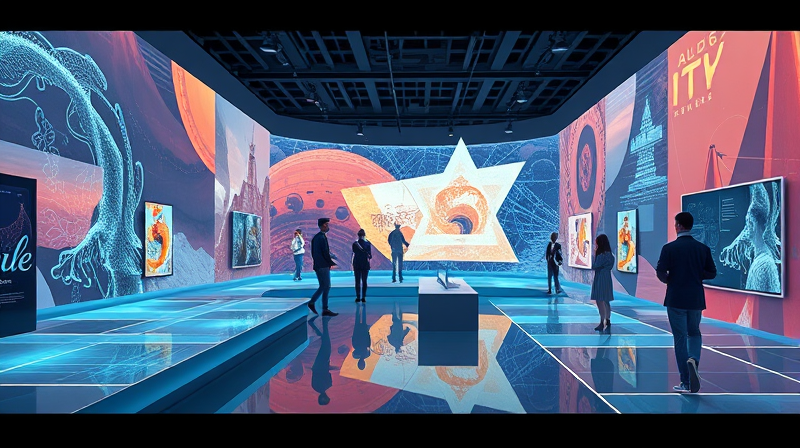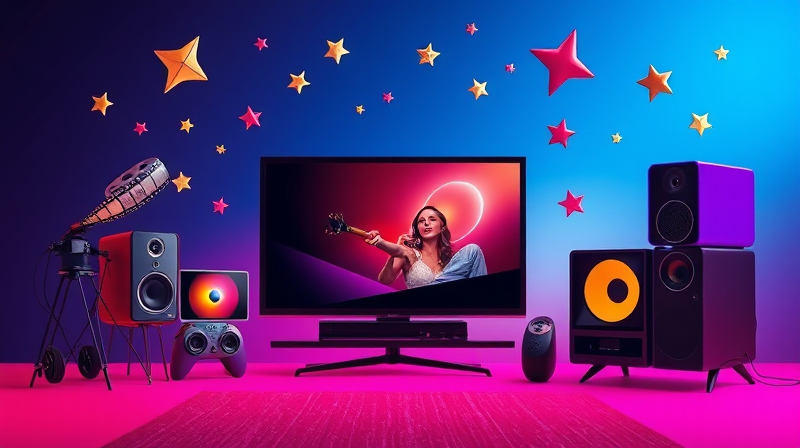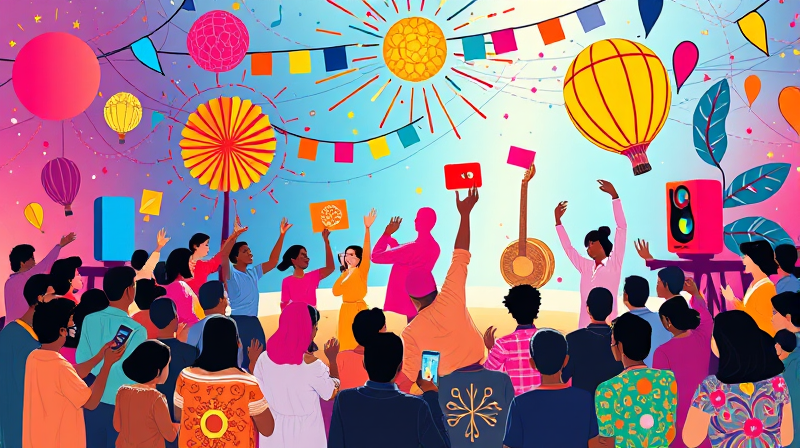Virtual exhibitions have reshaped the art world, creating endless opportunities for art enthusiasts, creators, and galleries. These digital spaces enable us to experience and engage with breathtaking artwork in innovative and interactive ways. As the world evolves, the evolution of virtual exhibitions continues to inspire countless creators and art lovers across the globe.
The transition from traditional in-person events to virtual showcases has provided new pathways to discover art. This revolution continues to make art more accessible, affordable, and appealing to diverse audiences, creating a seamless blend of tradition and technology.
The Rise and Future of Virtual Exhibitions
In recent years, virtual exhibitions have experienced extensive growth, unlocking a new chapter in the history of art presentation. Artists and curators can now share their work beyond geographical boundaries by embracing online platforms that offer sophisticated yet user-friendly designs.
The advancements in technology, such as AI, VR, and AR, have significantly contributed to making these exhibitions even more immersive and interactive. This means that visitors can enjoy a richer, more engaging art experience that goes far beyond the traditional gallery visit.
The upcoming years promise to further elevate this digital art movement. The integration of advanced tools such as 3D environments and interactive exhibits will continue to redefine how we interact with art on a global scale.
For artists and galleries planning to transition into the virtual space, understanding these trends and harnessing emerging technologies is key to creating impactful and memorable exhibitions.
Virtual exhibitions are not just an alternative to in-person galleries; they represent a complete transformation in art presentation. With the digital realm offering countless opportunities for creativity, it is time to embrace innovations that streamline the interaction between art and its audience.
The Benefits of Virtual Exhibitions
- Enhanced global accessibility, reaching audiences beyond borders
- Cost-effectiveness and increased flexibility in event planning
- Interactive features that enable real-time engagement
- Ability to collect data and insights for future improvements
- Inclusive environments that are accessible for visitors with disabilities
Every step taken towards enhancing the digital adaptation of art exhibitions brings us closer to a more dynamic and inclusive art culture. Artists now have the freedom to explore new creative horizons and interact with their audience in unexpected ways.
Creating Virtual Exhibitions: Tips and Best Practices
Preparing for a virtual exhibition requires thorough planning and a clear set of objectives. Here are some key steps to consider:
- Plan ahead, defining the purpose and scope of the exhibition
- Choose a robust and adaptable virtual platform
- Invest time in designing an inviting and interactive virtual space
- Incorporate engaging features like live chat, VR, and AR experiences
- Promote the exhibition effectively to generate interest and engagement
Adhering to best practices in virtual exhibitions is vital. Focusing on user experience, providing high-quality images, and ensuring intuitive navigation can truly elevate the virtual art experience. With these strategies, the future of art is not only bright but also accessible to everyone, regardless of their physical location.
The digital landscape provides an inspiring platform to both showcase art and foster connections among a wider range of art lovers. Embracing these trends offers more than just exposure; it creates a vibrant community where art continuously evolves into something far more interactive and truly boundaryless.







